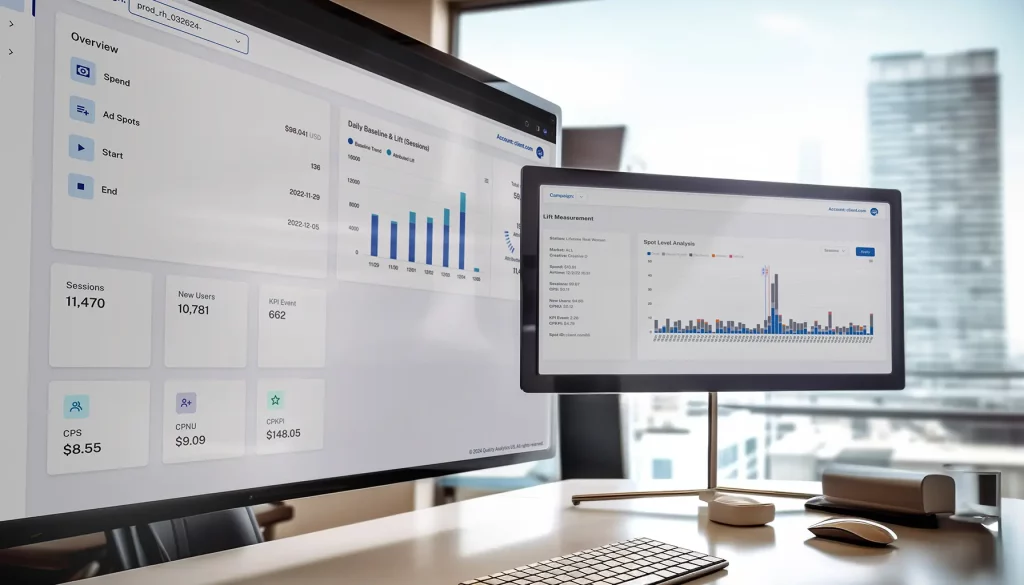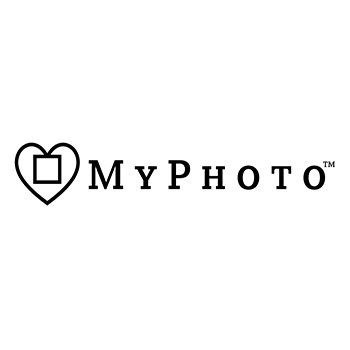
An Overview of Traditional TV Attribution Methods
For a long time, traditional TV attribution methods were the only way to see how well TV advertising worked.
However, these approaches don’t give us enough details or information in real-time to completely improve ad campaigns.
1-800 Numbers
A popular method for assigning or attributing which response came from which category of TV commercials is to use unique phone numbers tied to a call center. The idea is to create different 1-800 numbers so that someone responding to a call can be attributed back to a particular ad. There are several inherent drawbacks to this method.
First of all, there are costs associated with this method. Each unique commercial must be dubbed by a production house. A call center must be retained as well as the unique phone numbers. There is usually a premium per minute charge from the call center.
Second, an opportunity cost of not building a brand equity via a centralized phone number. So many brands become famous just from their catchy 1-800 numbers. This vanity method misses that opportunity.
Third, there are not enough phone numbers to match back to individual ads. The granularity of results is typically in the handful to low double digits. At best a call center might suggest which of the 20 commercials worked best, but nuances like the time of day, day of week would be lost. TV campaigns contain hundreds to hundreds of thousand of ads per week so ad by ad 1-800 number attribution methods do not provide granular enough results.
Rating Systems
One of the most used systems focuses on estimating TV viewership. A relatively small number of households have special televisions that track TV usage for these households. This data is extrapolated using statistics to represent the entirety of the United States. There are several existential problems with this approach.
First, this method has the ambition of calculating total viewership for the entire country from a small sample set.
Two, the goal is to measure viewership or “impressions” of eye balls. This metric is not as useful as actual actions viewers take, such as visiting a website or buying a product.
Third, the value of viewership is generalized for the media being measured. In other words, viewership is irrespective of the brand being advertised during commercial breaks. The truth is that different brands will generate greater or lower attention from the same commercial break.
Fourth, these types of systems are usually refreshed monthly or quarterly. For DRTV advertisers especially, the turnaround time is too long and not useful for week to week decisions.
Lastly, not all TV media is measured, only the larger costlier stations are measured leaving valuable opportunities unmeasured.
Discount Codes, Vanity Landing Pages and Website Domains
Many of the methods that can still be described as traditional are influenced by early digital marketing strategies. While these strategies do have merits, they have pretty big flaws as well.
First, let’s define the methods. Discount Codes or Offer Codes are publicized during the ad that carry a monetary incentive to the respondent. The offer codes are as unique or more than 1-800 numbers but fall short of the full granularity of every ad in the media campaign. This is better than 1-800 numbers because they don’t incur the overhead of renting a call center and various phone numbers.
Second, for all methods mentioned, these still incur the cost of dubbing commercials individually with the specific instructions to the viewer.
Lastly, a well known fact in the industry is that these vanity methods will only record approximately 30% of the total response. Most people will either not remember the specific code, “forward slash” landing page or custom domain. Most people will either Google Search the brand or directly go to the url of the main brand page. This means that in addition to the individual limitations described above, these methods will capture less than a third of total TV response.
Self Reported Attribution
Similar to digital vanity systems as described in the previous section, self reported questionnaires never capture the entire response. There are additional drawbacks with this method.
First, the order of the self reporting options influences what option is chosen. Whether TV is high on the list will influence how much response is allocated.
Second, having already come to the website, the website is often distracting the user to accomplish an action that may be contrary to a user filling out a form.
Third, self reported systems offer marketing choices that may overlap for the same user. Rarely do users allocate the response to the first marketing channel which introduced the brand, or the last channel that compelled them to act. The choice is largely random which means marketing channels are in direct competition with each other.
To learn more and improve your advertising strategy, schedule a demo with us today.







